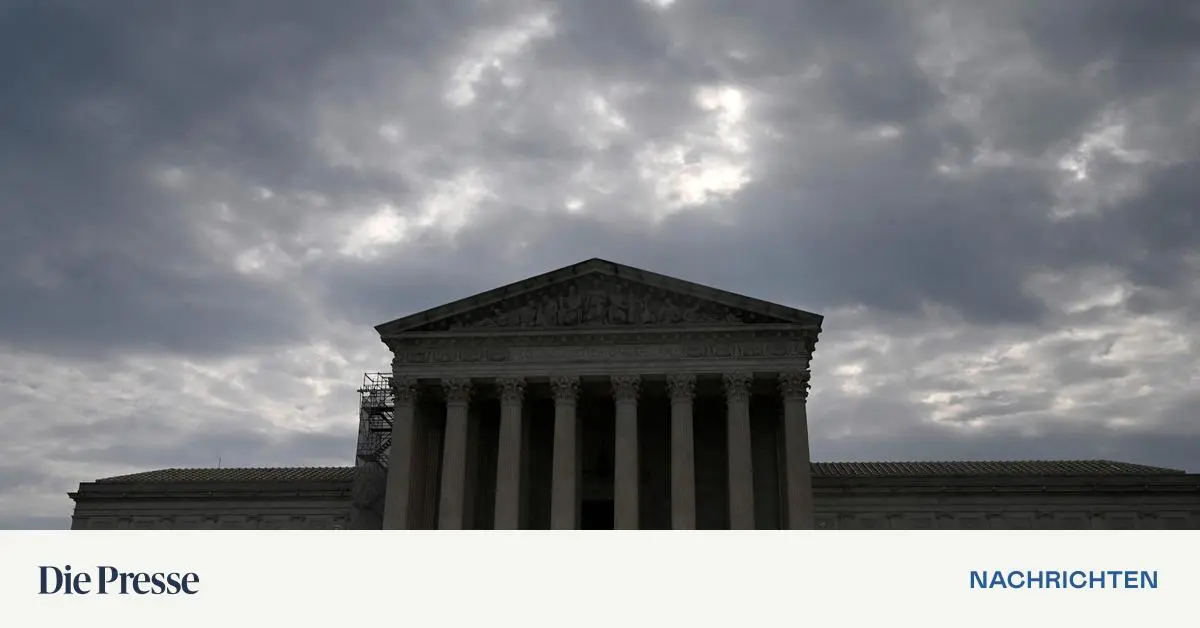Students should be judged on individual performance, not on racial and social criteria in the controversial “affirmative action” sense.
The US Supreme Court issued a ruling that is likely to cause an uproar in ideologically heated circles in the United States, first and foremost in colleges and universities. American universities can no longer give preference to students because of their skin color when they are admitted. The court in Washington ruled on Thursday in a landmark ruling that reflects the conservative majority among the justices.
She added that the practice, which has been common for decades as “affirmative action”, violates the constitution. With this approach, universities have tried for decades to ensure better access for minorities to universities. Conservative Justice John Roberts wrote in his ruling: “The student should be treated on the basis of his or her experiences as an individual—not on the basis of his or her race.” Many universities have done just the opposite for a very long time. In doing so, they wrongly conclude that the cornerstone of a person’s identity is not the challenges overcome, the skills acquired, or the lessons learned, but rather the color of their skin. Our constitutional history does not support this decision.”
Harvard students in 2018. Reuters/Brian Snyder
In the United States, the term “race” is used to distinguish between population groups based on the color of their skin and is not used as often as it is in German-speaking countries. The ruling relates to lawsuits filed by the student organization Students for Fair Admissions against private Harvard University and North Carolina State University (UNC). The plaintiffs argue, among other things, that applicants of Asian descent are denied the selection process, which specifically targets African Americans.
Goodwill reinforces differences and divides society
Measures known as affirmative action were introduced in the 1960s as part of the civil rights movement. The goal was to give blacks better opportunities to get a quality education after centuries of oppression, discrimination and deprivation. However, such programs have been controversial from the start. For example, white applicants went to court arguing that they were victims of “reverse discrimination.” Critics also say that looking at skin color as a criterion only entrenches the division of people into different groups and thus divides society further.
In 1978, the Supreme Court ruled that universities should not use fixed quotas based on skin color when selecting applicants. However, color or race can be used as one of several criteria to ensure diversity in the student body.
Now the court, which has moved from left to right in recent years, has overturned the affirmative action doctrine. On the Supreme Court, conservatives make up a majority of six of the nine justices; Two of them are black, one of whom is attributed to the Republican camp. (APA/AFP/Red.)

“Food practitioner. Bacon guru. Infuriatingly humble zombie enthusiast. Total student.”







More Stories
Slovak Prime Minister Fico is out of danger and Putin is in…
The agreement in the Netherlands: Forming a right-wing coalition with Geert Wilders
Orca “attacks” science puzzle